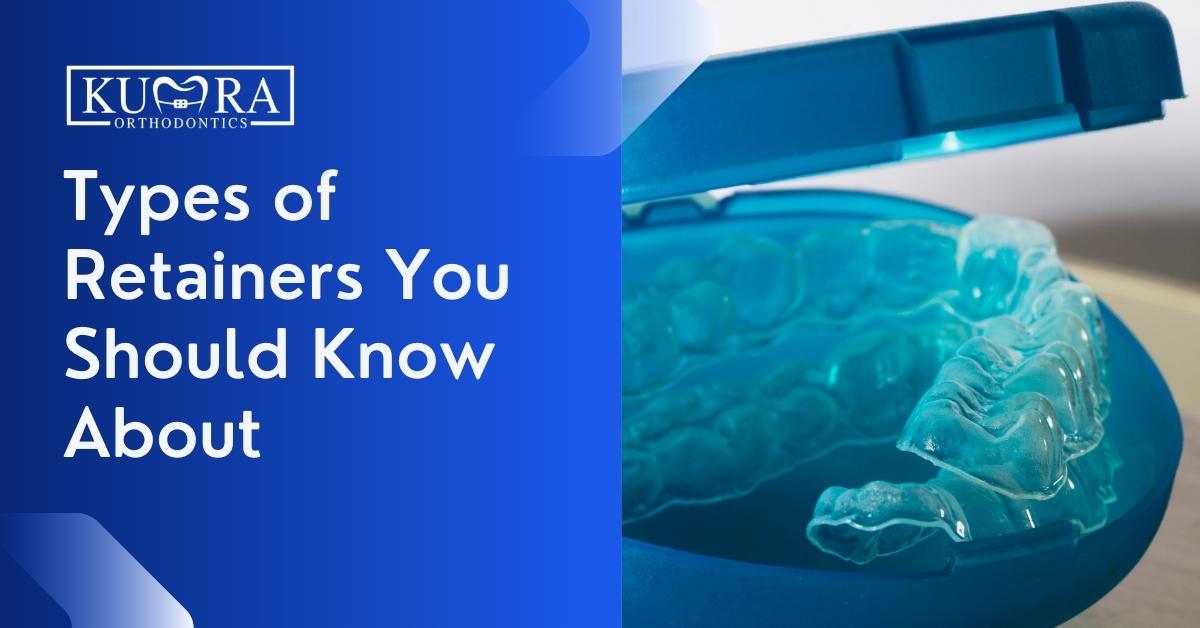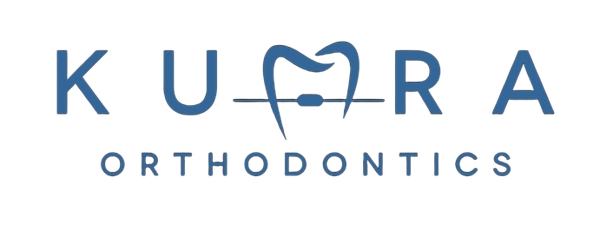Everyone requires a retainer following braces. Whether you’ve undergone comprehensive orthodontic treatment to correct crowded and misaligned teeth or shorter partial therapy, a retainer will prevent your teeth from reverting to their natural position. Retainers are critical if you wish to avoid using braces to fix shifting in the future.
In this article, we’ll discuss the types of orthodontic retainers and how they can help address specific orthodontic issues.
What are Retainers for Teeth
As wonderful as it is to have your braces removed, this does not mean that your orthodontic treatment is complete. Indeed, the most critical section begins where the braces cease.
The following phase is retention, and it is a key follow-up stage that secures your teeth in their new positions – and in some circumstances, continues to give modest corrections. Your new and better smile will last a lifetime if you adhere to your orthodontist’s post-braces guidelines.
You will be fitted for a retainer by your orthodontist, a device worn over your teeth to keep them perfectly aligned. Without a retainer, all of your progress over the last couple of years in braces will reverse very rapidly.
For several months, the orthodontist may likely urge you to wear your retainer day and night, then during sleep, and finally a few evenings per week. As with braces, your retainer may initially produce discomfort or pressure, but this will subside as your mouth adjusts to the item.
Related: Do You Have To Wear A Retainer After Invisalign?
Different Types of Retainers
It is critical to recognize that retainers are typically the final stage of any orthodontic operation. Once the teeth-straightening process agreed upon by you and your orthodontist is complete, the retainers’ role is to ensure that the teeth do not shift back into their original positions. By wearing retainers — typically only at night — you can strengthen the work that your metal braces, ceramic braces, lingual braces, or Invisalign have already accomplished.
Retainers are classified into two common two types: removable and permanent.
Your orthodontist will assist you in selecting the optimal type for you based on the reason for your braces and any pre-existing issues. You may receive a single kind or a detachable retainer for your top teeth and a permanent retainer for your bottom teeth.
Needing an orthodontic appointment?
Visit Kumra Orthodontics Washington DC or Kumra Orthodontics Stafford, VA, and request an appointment with us!
Hawley Retainers
A Hawley retainer is a removable appliance comprised of a plastic shell covering your mouth’s roof and a wire that runs across the front of your teeth. Hawleys are available in various traditions and styles, allowing you to personalize your smile.
The primary advantage of this type of retainer is that it is changeable, which allows your orthodontist to make modest adjustments to your alignment following braces. Additionally, it is long-lasting and low-maintenance. The primary disadvantage is that this retainer is quite visible.
Essix Retainer
The Essix retainer comprises molded clear plastic that slides effortlessly over your teeth to keep them aligned. This is a popular retainer due to its near-invisibility. However, it prevents natural tooth contact and wears out more quickly than other types of retainers. Indeed, it is the most difficult type of retainer to clean and can trap moisture against the teeth.
Whichever retainer you and your dental practitioner decide is the ideal, it is vital to follow all wear and cleaning instructions. If it is a removable retainer, ensure that it is securely stored in the case provided by your orthodontist when not in use.
Permanent Retainers
A fixed lingual retainer is made up of a wire bonded to the back of the teeth. We normally recommend a permanent retainer if the teeth were rotated, crowded, or had a significant gap before treatment.
You won’t have to worry about removing or repositioning a fixed retainer since it is permanently cemented to your teeth.
On the other hand, fixed lingual retainers are frequently quite difficult to clean. It is common for lower front teeth to accumulate a great deal of plaque over time, leading to future dental issues. Therefore, if you use a fixed lingual retainer, make certain that you take good care of it every day.
Another disadvantage of permanent retainers is that they are more difficult to use and require more emergency orthodontic treatment than detachable retainers. If a fixed lingual retainer breaks, you must schedule an appointment soon to minimize teeth shifting.
Read More: Permanent vs Removable Retainers: A Complete Guide
Why a retainer?
It is possible to experience recurrence even after your teeth have permanently grown into their new positions. Your orthodontist may recommend a retainer to keep your teeth straight for the rest of your life.
If you have a removable retainer, you must follow your orthodontist’s instructions to the letter, or you could lose some or all of the benefits of your braces.
Your orthodontist will want to check your teeth once you start wearing your retainer to ensure that it is keeping them from moving. If necessary, they can build a new retainer or alter or repair the current one. After your braces are removed, you’ll often have follow-up appointments at 1, 3, 6, 11, and 24 months.
Your orthodontist should be contacted immediately if you lose or break your retainer. This way, you can get a new one before your teeth start to relapse.
Factors to Consider
Consider the following variables while determining which type of retainer is ideal for you. Bear in mind that your orthodontist may prescribe the best course of action, and it is critical to explore your alternatives completely.
Effectiveness
When used appropriately, all three types of retainers are extremely effective. Much is dependent on an individual’s habits. For instance, it is critical to remember when to use, remove, and clean one’s retainer.
Convenience
This is a critical factor to consider. Because the effectiveness of your retainer is entirely dependent on you, you’ll want to choose an option that fits your lifestyle. Permanent retainers can be quite handy, as they require little upkeep beyond normal oral hygiene. Clear retainers and Hawley retainers require routine cleaning but do not interfere with brushing and flossing your teeth.
Appearance
The best option is a clear or permanent retainer if aesthetics are a concern. Clear retainers are nearly invisible, which means they can be worn at any time and will go unnoticed. Permanent retainers are the same way, as the wire is positioned along the back of your front teeth. Hawley retainers are more apparent due to the wires spanning the front teeth, and many patients only wear them at night or when they are not in public.
Maintenance
Maintenance is critical. Inadequate retainer maintenance can result in various additional problems, such as tooth decay or gum disease. Permanent retainers are frequently used for maintenance purposes since they cannot be damaged during tooth cleaning. While cleaning removable retainers is not difficult, the procedure must become a part of your daily routine, and you must keep track of them when not wearing them.
Read More: How to Deep Clean Your Retainers
Durability
Permanent and Hawley retainers are both well rated for their longevity. Clear retainers, on the other hand, are less so. For patients who grind their teeth, one of the other treatments may be considered.
Consult with Kumra Orthodontics to learn more about types of retainers
If you’re still unsure what type of retainer is best for you, don’t worry! Our team at Kumra Orthodontics can help. We offer a variety of retainers and will work with you to find the best one for your teeth and lifestyle. Contact us today to learn more about our services and how we can help you achieve the perfect smile.



